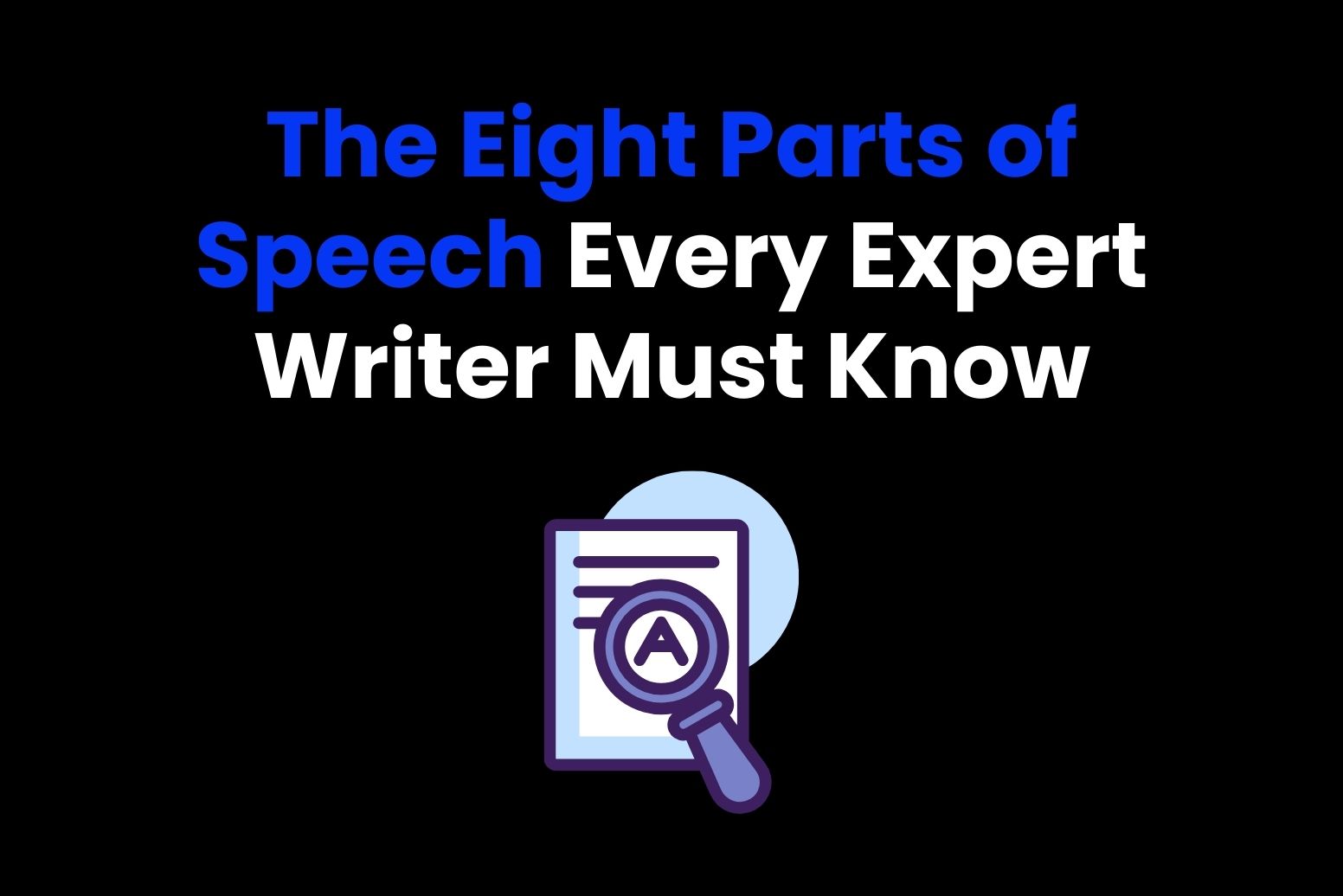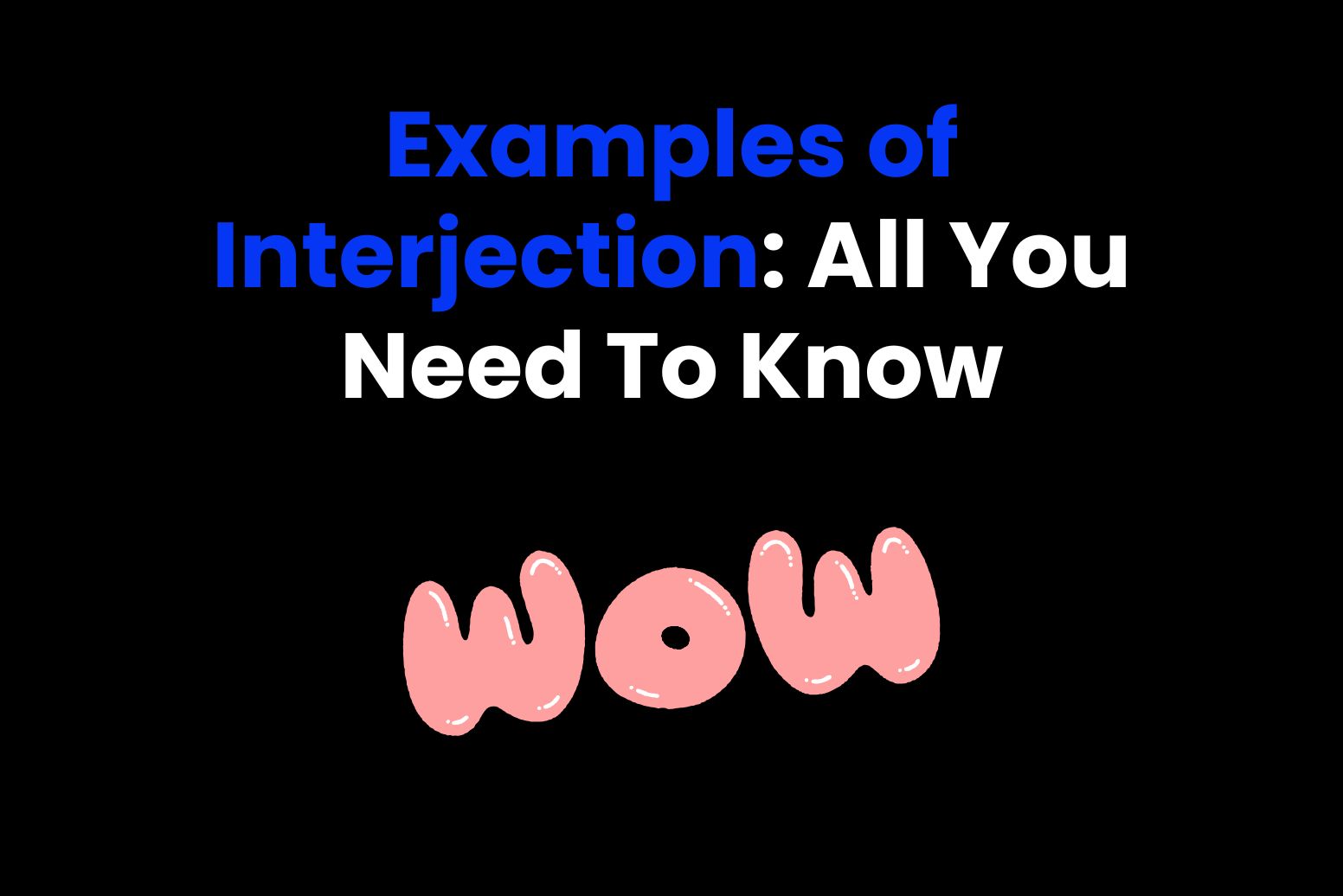What if I told you there’s a secret formula behind every great sentence? A formula that’s as simple as 1-2-3 (or, in this case, 8)? Yep, that’s right—Eight parts of speech make language come alive. From the nouns that name everything around us, to the verbs that bring action to life, these parts of speech form the backbone of every sentence you speak or write. In this article, we’ll break down each of these eight parts of speech, with its types and examples, so that you can speak and write in English more confidently.
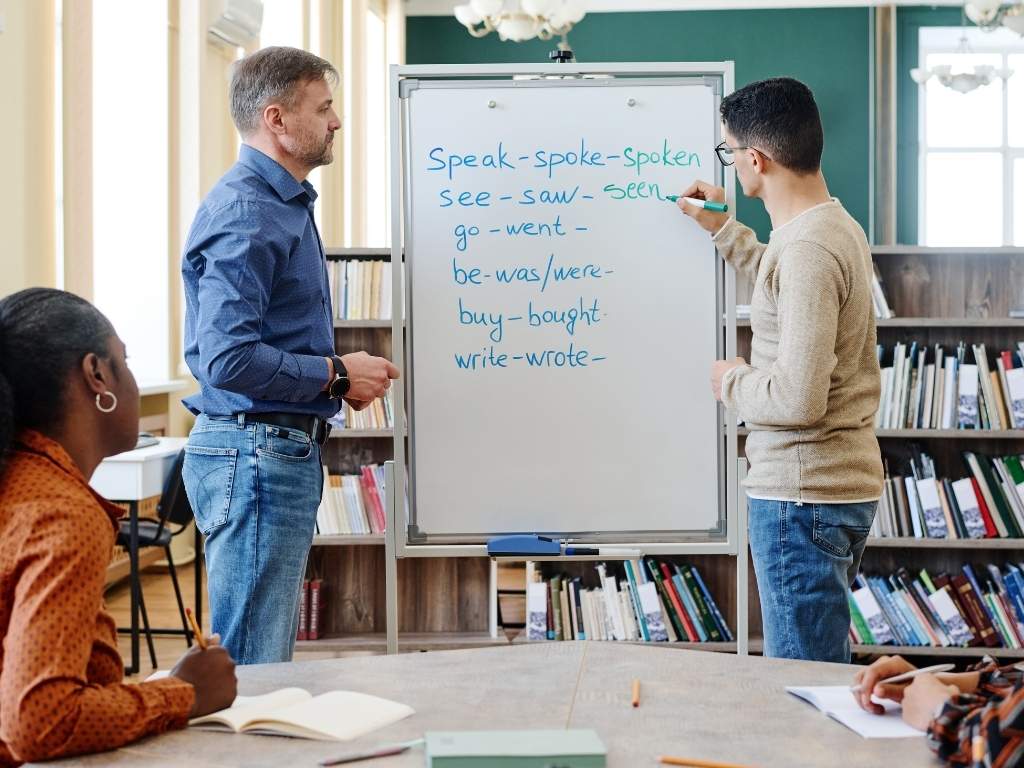
Eight Parts Of Speech Along With Examples
Ready to take one step forward towards fluency in written and spoken English? Let’s talk about all eight parts of speech with examples!
1. Noun
Let’s start with the basics of the eight parts of speech: nouns are like name tags for everything around us. They tell us who, what, or where we’re talking about. A noun is a word that represents a person, place, thing, or idea. Without nouns, you wouldn’t be able to name the things you talk about. Whether you’re talking about your dog, describing your favorite city, or dreaming about happiness, nouns help you nail down the subject of your sentence.
Types Of Noun
There’s not one type of noun, but multiple, in fact. Let’s dive into the different types of nouns and how they work so that you can rock your next English test:
Common Noun
Yes, proper nouns do steal the spotlight, but common nouns do the heavy lifting (aka the everyday work). These are your go-to words for general people, places, and things.
Examples: singer, stadium, company
As Used In Sentences: The singer performed at a stadium owned by a company.
See how these nouns keep things general because they don’t point to anyone or anything specific.
Proper Noun
Think of a famous person. Taylor Swift? Yeah, we thought the same. Proper nouns are special—they name specific people, places, or things, and because they’re so unique, they always get capitalized. Think of them as the A-listers of the noun world. Here are some examples:
Examples: Taylor Swift, Mount Everest, Google
As Used In Sentences: Taylor Swift performed at Madison Square Garden.
Notice how “Taylor Swift” and “Madison Square Garden” stand out because they refer to specific entities.
Abstract Noun
Abstract nouns are the names of things you can’t touch, see, or physically experience. Instead, you understand them through your mind or heart, so they’re your feelings, qualities, ideas, and concepts. Think about how you’d describe your “college days” or the “calm after a storm.” You’ll probably use abstract nouns like nostalgia or serenity to paint those scenes. Let’s learn this from examples:
Examples: love, honesty, success
As Used In Sentences:
- Love can conquer even the greatest challenges.
- Honesty is the foundation of a good relationship.
Think of three things you value most in life. Chances are, they’re abstract nouns like happiness, freedom, or friendship. Did we guess right?

Concrete Noun
Concrete nouns are easy to spot because they refer to things you can experience with your senses. If you can see, touch, hear, smell, or taste it, it’s a concrete noun.
Examples: pizza, dog, thunder
As Used In Sentences: The smell of pizza made the dog bark loudly as thunder rumbled outside.
Concrete nouns make your sentences more vivid and relatable because they connect directly to our senses.
Collective Noun
Just like you have probably guessed from the name, collective nouns are nouns that refer to groups or collections of people, animals, or things. Even though a collective noun refers to multiple individuals or objects, it treats them grammatically as singular.
Examples:
Here’s how collective nouns show up in different contexts:
- People: family, team, crew, audience
- Animals: flock, pack, herd, swarm
- Things: bunch, bouquet, fleet, collection
As Used In Sentences:
- The team is practicing hard for the finals.
- We joined the crowd at the music festival.
Pro Tip: Spotting a noun is easy. If you can place the or a/an in front of a word and it makes sense (the car, a thought), it’s likely a noun!
2. Pronoun
Next up in our eight parts of speech are pronouns. Pronouns are words that replace nouns in a sentence. Imagine constantly saying:
“Jennifer loves Jennifer’s dog because Jennifer thinks Jennifer’s dog is adorable.” That’s a mouthful, isn’t it? That is where pronouns come in, and your sentences turn into something like, “Jennifer loves her dog because she thinks it’s adorable.” So, pronouns save you from unnecessary repetition and add variety to your sentences.
Types Of Pronouns
Now, let’s explore different types of pronouns along with examples so that you can understand better:
Personal Pronouns:
Personal pronouns replace names of things, people, or ideas and make your sentences simpler.
Here’s how they work:
Subject Pronouns: I, you, he, she, it, we, they
Example:
- She loves ice cream. (No need to say her name again; just keep it simple!)
- We are going to the beach.
Object Pronouns: me, you, him, her, it, us, them
Example:
- I gave it to her.
- I saw them at the park.
Possessive Pronouns: mine, yours, his, hers, ours, theirs
Example:
- That pizza is mine.
- The dog training book is theirs.
Interrogative Pronouns:
These pronouns help you ask questions.
Examples: who, whom, whose, which, what
Indefinite Pronouns:
Indefinite pronouns refer to people, places, or things without specifying exactly who or what.
Examples: anyone, everyone, someone, nobody, all, few, many, some
Reflexive Pronouns:
These pronouns reflect back to the subject of the sentence, often ending in -self or -selves.
Examples: myself, yourself, himself, herself, itself, ourselves, yourselves, themselves
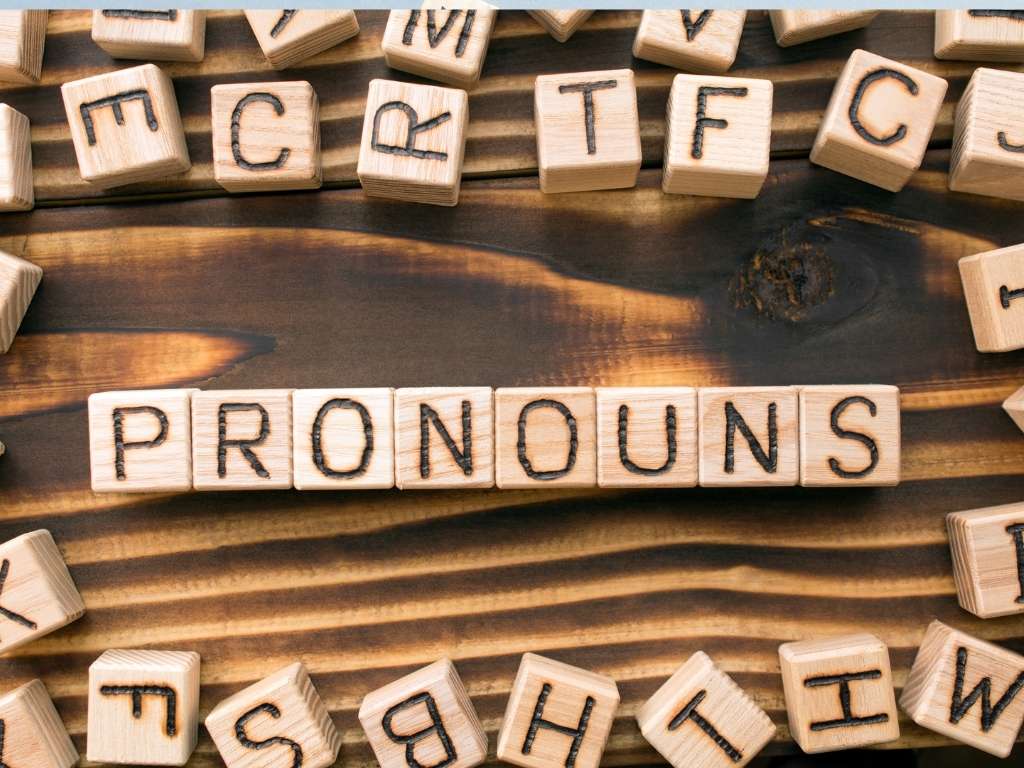
3. Verb
verbs are words that express your actions, occurrences, or states of being. They are vital because they give life and motion to your sentences.
Types of Verbs
Now, let’s discuss types of verbs with examples:
Action Verbs:
Action verbs are the most energetic of all. They show you what the subject (the person or thing doing the action) is doing. Whether it’s physical action or something happening in your mind, action verbs bring everything to life.
Examples: Run, jump, think, write, eat
As Used In Sentence: She runs every morning.
Linking Verbs:
Linking verbs aren’t about doing action—they’re all about connecting the subject to more information. These verbs connect the subject to additional information about the subject (often describing the subject’s state or condition).
Examples: is, are, was, were, seem, become
Sentence: He is tired after work.
Helping Verbs:
Also known as auxiliary verbs, they don’t do all the work, but they step in and assist the main verb in making the sentence clearer—especially when it comes to things like time, questions, or negations.
Examples: have, be, will, shall, do
Sentence: She has finished her new cookbook.
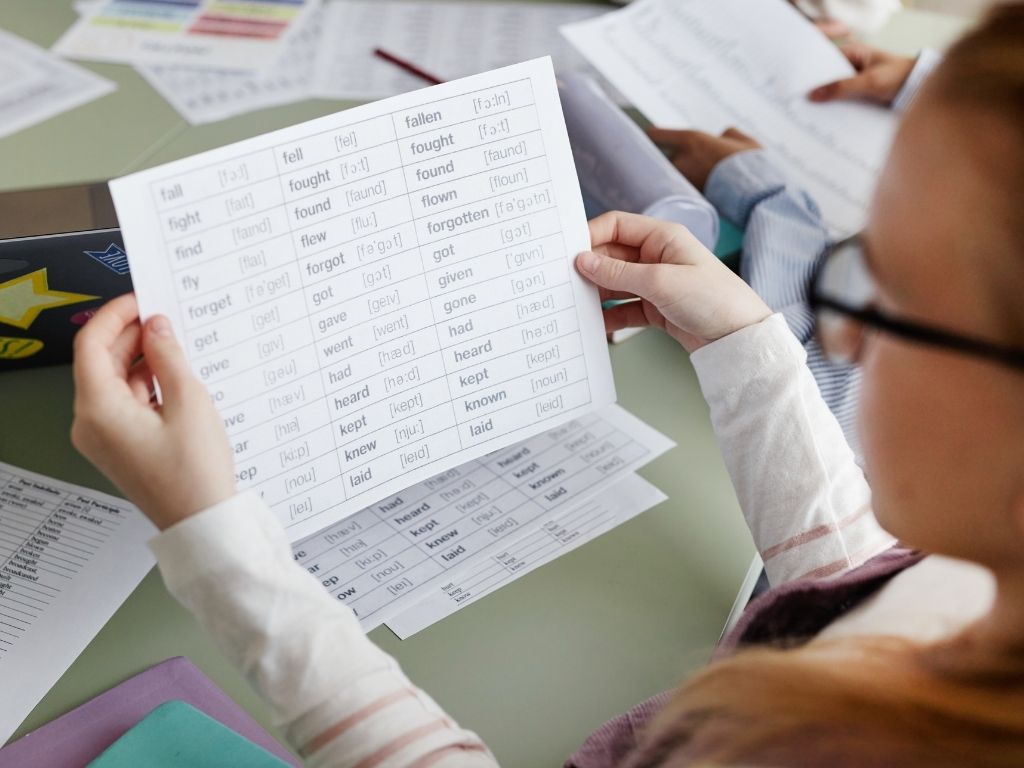
4. Adverb
Adverbs are words that modify:
- Verbs: Describe how an action happens (She sings beautifully.).
- Adjectives: Enhance or tone down an adjective (It’s a very bright day.).
- Other Adverbs: Add detail to another adverb (He ran too quickly.).
Adverbs provide information about:
- How: She spoke softly.
- When: He arrived yesterday.
- Where: They searched everywhere.
- To What Extent: I am extremely happy.
Types of Adverbs
When talking about eight parts of speech, how could we miss types of adverbs? Here you go:
Adverbs of Manner:
Adverbs of manner are those that describe how an action is performed.
Examples: gently, loudly, carefully, happily
Adverbs of Time:
These adverbs explain when something occurred.
Examples: today, yesterday, soon, now, later
Adverbs of Place:
Adverbs of place will tell you where the action takes place.
Examples: here, there, everywhere, nearby, outside
Adverbs of Frequency:
These adverbs tell us how often something occurs.
Examples: always, never, sometimes, often, rarely
Quick Quiz: Which adverb fits your routine? Do you “sometimes” work out or “always” procrastinate?
Adverbs of Degree:
These adverbs show intensity or the degree of an action or description.
Examples: very, too, quite, almost, extremely
Wait! Is this information getting overwhelming? How about we get help from an AI assistant? Ask Arvin AI for help wherever you feel confused! Whether it’s examples of eight parts of speech or helping you find out your mistakes, it’s here for your rescue!
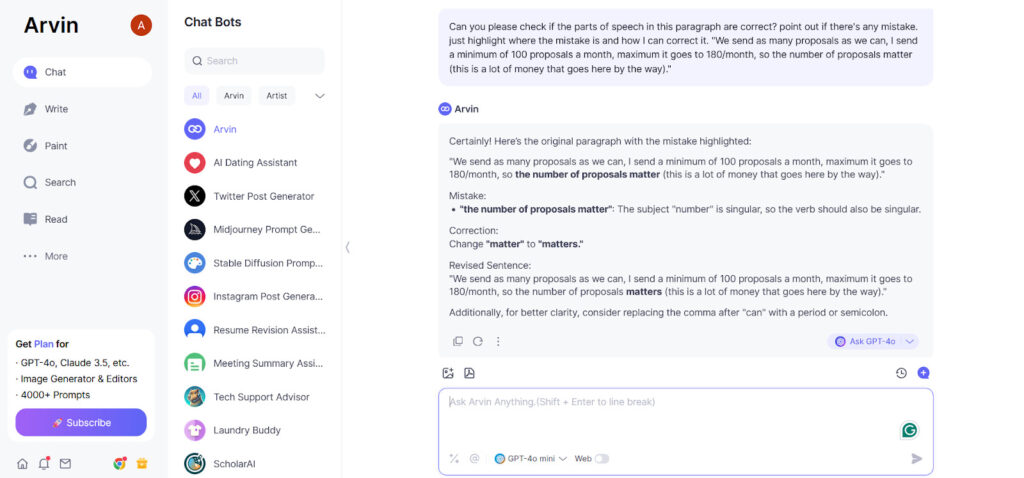
See? No more mistakes with Arvin!
5. Adjective
Adjectives are words that describe or modify a noun or pronoun. Most importantly, they bring life to your sentences by adding more information about size, shape, color, quantity, and even personality traits.
Example:
- The tall man walked into the room where we were talking about random topics. (What kind of man? Tall!)
Types of Adjectives
Here are a few essential types of adjectives you need to know about:
Descriptive Adjectives:
Descriptive adjectives tell us what kind of noun we’re dealing with. They describe qualities such as appearance, texture, and personality.
Examples: beautiful, cold, shiny, brave
Quantitative Adjectives:
These adjectives answer how much or how many of something exist.
Examples: some, many, few, several, one, twenty
Imagine you’re at a buffet. Whether you take “a few” pieces of cake or “all” of it, you’re using quantitative adjectives to describe your choices!
Demonstrative Adjectives:
Demonstrative adjectives help specify which one or which ones.
Examples: this, that, these, those
Possessive Adjectives:
Possessive adjectives indicate who something belongs to.
Examples: my, your, his, her, its, our, their
6. Conjunction
Conjunctions are words that join parts of your sentence together, such as words, phrases, or clauses. Without conjunctions, our sentences would feel disjointed and choppy—like a group of friends that never talk to each other!
Types Of Conjunction:
Let’s dive into their types and see how they work their magic:
Coordinating Conjunctions:
Coordinating conjunctions connect two equal parts, like peanut butter and jelly, that complement each other. They can link two words, phrases, or clauses. There are just seven coordinating conjunctions to remember, and they spell out FANBOYS:
- For
- And
- Nor
- But
- Or
- Yet
- So
Example:
- Do you want coffee or tea?
Subordinating Conjunctions:
Subordinating conjunctions add drama and depth to your sentences. They connect a dependent clause (a clause that can’t stand alone) to an independent clause (a clause that can). Basically, they explain the why, when, or how behind something.
Examples:
Because, although, if, when, since, while, unless, after, before, etc.
Correlative Conjunctions
Correlative conjunctions are inseparable and always appear together. These work in pairs to connect equal elements in a sentence, like Batman and Robin, always teaming up!
Examples:
- Either…or
- Neither…nor
- Both…and
- Not only…but also
Use In Sentences:
- You can either stay here or come with us.

7. Preposition
Prepositions are words that link a noun (or pronoun) to other parts of a sentence because they provide context about:
- Time (when something happens)
- Place (where something is)
- Direction (where something is going)
- Manner/Reason (how or why something happens)
Types of Prepositions
Let’s talk about types of prepositions now:
Time Prepositions:
These prepositions help us understand when something happens.
Common Time Prepositions: at, on, in, before, after, during
Examples:
- We’ll meet at 3 p.m. (specific time)
Place Prepositions:
Where is something? These prepositions give us the answer.
Common Place Prepositions: under, above, beside, between, in, on
Examples:
- The keys are under the sofa.
Direction Prepositions:
These prepositions tell us where something is going.
Common Direction Prepositions: towards, into, through, onto
Examples:
- She ran towards the rack of best baby books.
8. Interjection
Last but not least of our eight parts of speech is interjection. Interjections are short exclamations that express a sudden emotion or feeling. They often stand alone and are followed by an exclamation mark. They help you instantly express exactly how you’re feeling in a way that words alone might not do. Without interjections, communication would feel like a series of dry, flat statements.

Examples of Interjections
Let’s look at some common interjections:
- Wow!
- Oh no!
- Yay!
- Oops!
FAQS About Eight Parts Of Speech
Here are a few of the most frequently asked questions about eight parts of speech:
Why is it important to know the parts of speech?
Understanding the parts of speech helps you write and speak more clearly. It’s like knowing how to use the tools in a toolbox.
How can I identify the part of speech of a word?
A word’s part of speech depends on how it’s used in a sentence. For example:
- Run can be a verb: I run every morning.
- Or a noun: She went for a quick run.
Context is everything! Look at the role the word plays in the sentence.
Are interjections really necessary in writing?
Interjections add flavor and emotion to your writing, especially in casual or creative contexts. They’re like the spice in a sentence!
- Example: “Wow! That was amazing.”
In formal writing, interjections might not be as common, but they’re great for storytelling and dialogue.
Take Home Message
And there you have it—your crash course in the eight parts of speech! Imagine trying to build a LEGO house without the right pieces; wouldn’t it be total chaos? In conclusion, these parts of speech are your LEGO pieces, and when you fit them correctly, your writing will flow effortlessly.
Whether you’re aiming to craft the perfect sentence or refine your work, having a clear grasp of grammar is essential for effective communication. However, understanding nouns, verbs, and other parts of speech can sometimes feel overwhelming. In that case, Arvin AI has got your back! It will guide you through the complexities, making it easier to master the basics. So start writing today!



